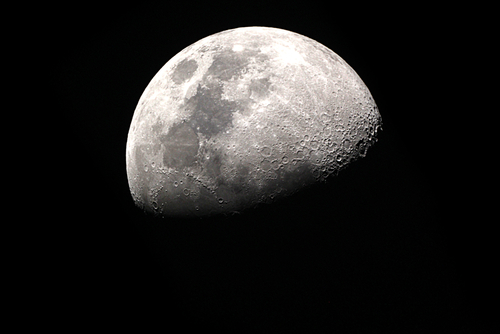What Is the Pink Moon? How and When to Watch April’s Full Moon This Sunday
On Sunday there will be a full pink moon hanging over the U.S. The term is used to refer to April’s full moon, but don’t expect to look up to the sky and find a blast of cotton-candy-pink.
Despite its name, the pink moon is not rose colored, but that doesn’t make it any less spectacular in the early spring sky. Your ability to watch this year’s full pink moon depends on where you live, but generally, the peak will be on Sunday around 9:00 p.m. eastern time, just before sunset. However, the nearly full moon will first rise into the sky at around 7:30pm eastern time. This means that for about 20 minutes the full moon will share the sky with the sun.
Others in the continental U.S. will also be able to observe the full moon and the sun together in the sky, although for a shorter amount of time. For example, the moonrise will appear in Miami around 7:41 p.m., while sunset is nine minutes later. Check out TimeandDate to see when is the best time to see the full pink moon in your city.
The name comes from the ground phlox, a flower that blooms in early spring, when the pink moon is seen. The April full moon is also referred to as the Sprouting Grass Moon, the Egg Moon and the Fish Moon.
While the full pink moon signifies spring for some, for others, such as Buddhists in Thailand and Sri Lanka, it’s a marker of a new year. For those in the Southern hemisphere, the full pink moon occurs at the start of fall, not spring.
The full moon is what is known as a phase of the moon. Although we always face the same side of the moon, we see different angles of the moon at different points in the month. According to NASA, the phases are caused by changing angles of the sun as the moon orbits the earth. As this occurs, our view of the moon will grow from a crescent moon to a full moon.
Unlike other celestial events, such as meteor showers, you don’t have to be too punctual to see the full moon. While there is a peak, the moon will appear to be pretty full as much as a day before and a day after the actual full moon phase.

